The following article is reproduced without alteration from the lab notes of Gems and Gemology, the quarterly scholarly journal of GIA, as excerpted from GIA Insider. Volume 9, Issue 21.
Phenakite as a Rough Diamond Imitation
The GIA Laboratory regularly receives near-colorless transparent crystals, pieces of rough or fragments for identification, often because they were sold as – or are hoped to be – diamond. Such was the case with a 67.94 ct. near-colorless transparent crystal (figure 1) that was recently submitted to the New York Laboratory.
The specimen was similar enough to a water-worn dodecahedron-like diamond crystal to prompt submission to the Lab. It showed abundant dissolution features, parallel growth striations (figure 2), trigon-like features, and an orangy red included crystal. Initial physical indications, however, such as a lack of either adamantine luster or dispersion (both of which could have been obscured by the irregular surface) and a modest “heft,” suggested that it was not diamond. In addition, during spectroscopic testing the sample was placed on a block cooled by liquid nitrogen. When it was removed, the crystal did not feel cool to the touch as a diamond should have, indicating low thermal conductivity.
Further testing revealed that the specimen was doubly refractive and uniaxial, with a spot refractive index of approximately 1.65 and a hydrostatic specific gravity of 2.96. These properties ruled out glass, cubic zirconia and diamond. The crystal had a weak, pinkish-violet reaction to short-wave ultraviolet radiation, revealed no absorption lines in the spectroscope, and had no transmission luminescence. Step-like striations were evident, but the trigon-like features were raised, not depressed as trigons usually appear on a diamond.
Raman spectroscopy confirmed that the specimen was phenakite, Be2SiO4, which has a trigonal rhombohedral structure with one cleavage direction, and is often confused with quartz. Nevertheless, the rough exhibits features that could be mistaken for those of natural diamond. Interestingly, its etymology comes from the Greek word phenakos, meaning “to deceive.”
This entry was prepared by Donna Beaton, Joshua Sheby and Riccardo Befi of the GIA Laboratory in New York. For the latest findings from the GIA Laboratory, read the Lab Notes section in every issue of Gemology.

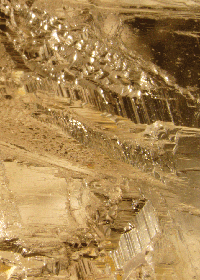
Fig. 1 (left) rough crystal thought to be diamond submitted to the lab , Fig 2 (right) showing parallel step-like growth striations similar to those seen on diamond.
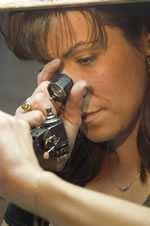




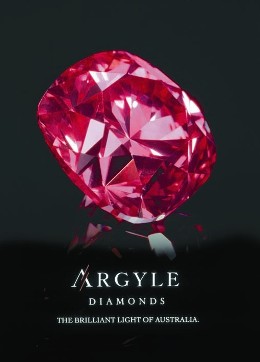
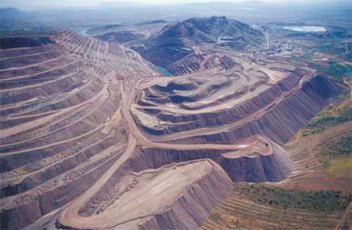

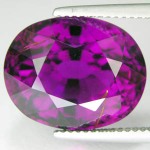
You must be logged in to post a comment.